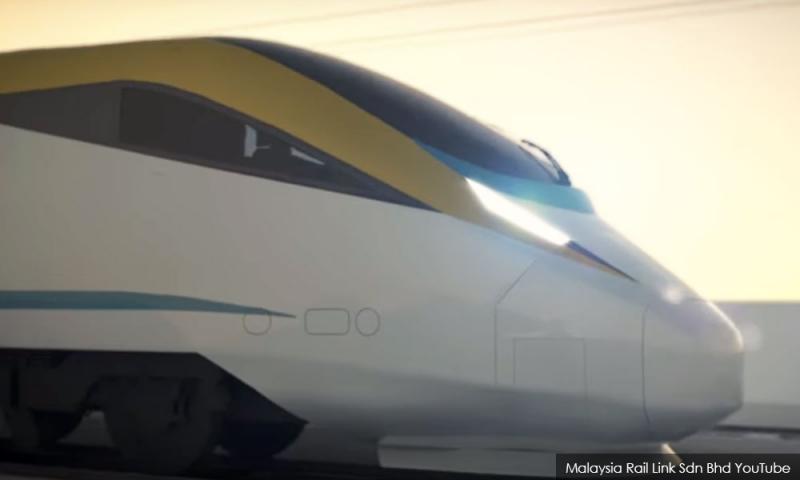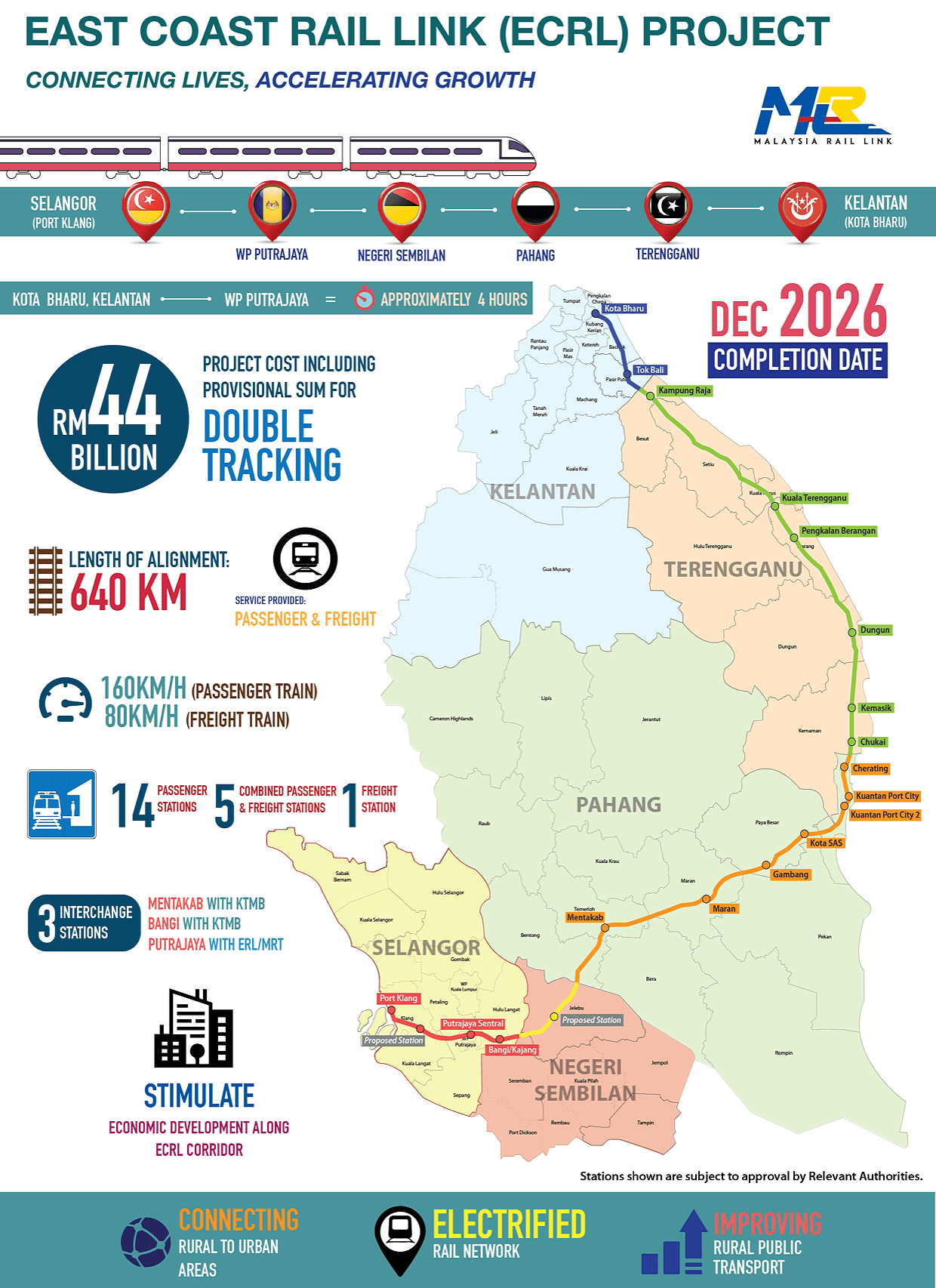The rakyat-centric ECRL is driven by transparency
COMMENT | Following a recent opinion piece published online, Malaysia Rail Link Sdn Bhd (MRL) wishes to point out that the improved deal for the 640km East Coast Rail Link (ECRL) project is rakyat-centric and driven by transparency and accountability.
Reiterating what Prime Minister Dr Mahathir Mohamad announced on April 15, the government had to work within the constraints of the existing engineering, procurement, construction, and commissioning (EPCC) agreement for the ECRL that was inked between MRL and China Communications Construction Company Ltd (CCCC) back in November 2016.
MRL would like to note that the government was faced with a choice of either renegotiating the EPCC agreement, or to pay a hefty termination cost amounting to RM21.78 billion.
As the government's main concern was always the high cost of the ECRL, it was then decided that the EPCC agreement with CCCC and the Chinese government would be renegotiated for a more equitable deal and with the rakyat in mind.
What is pertinent is the renegotiation of the ECRL project resulted in a win-win situation that mutually benefited Malaysia and China.
This includes an impressive reduction of RM21.5 billion, or 33 percent of the project’s cost, to RM44 billion, the establishment of a 50:50 joint-venture company between MRL and CCCC for the operation and maintenance of the ECRL, and increased in local participation of Malaysian contractors in the project’s civil works.
Hence, it is noteworthy to mention that neither the government nor MRL have claimed that the savings of RM21.5 billion for the improved ECRL project were purely from the element of “overpricing,” as suggested by the columnist. In fact, this was not the basis of the negotiations with Beijing at all.
MRL would like to stress that Malaysia entered into negotiations with China on a cooperative basis to finds ways and means to reduce the cost of the ECRL without losing the essence of the rail network.
For the record, both countries chose to enter the negotiations in a spirit of diplomatic goodwill, with the aim of achieving the construction of the ECRL at a lower cost.
As project and asset owner of the ECRL, MRL would also like to point out that special envoy of the Prime Minister to head the ECRL negotiation, Daim Zainuddin, did not have the sole responsibility to undertake the negotiations of the ECRL with CCCC or Beijing.
Although Daim was the chief negotiator for the ECRL task force, the members that were involved in the negotiation process also comprised senior officials from the Attorney General’s Chambers, Finance Ministry, Transport Ministry, and MRL among others.
Furthermore, the local and international community were very much aware that the ECRL task force managed to handle the negotiation process successfully, as the outcome was highlighted in numerous reports in newspapers, news portals and TV stations, both in Malaysia and abroad.
Any individual who has interest or concerns on the ECRL project would have kept himself abreast of all the latest development of the project.
No new agreement
With regards to a new feasibility study and environmental impact assessment report that was mentioned in the opinion piece, MRL would like to highlight that the renegotiations were conducted on the premise that the original EPCC agreement was still in place.
In short, it was not a negotiating process to reach a new EPCC agreement but to facilitate the resumption of the ECRL via the supplementary agreement that was inked on April 12, 2019 in Beijing.
Moreover, MRL takes cognisance of the fact that as a legal document, the original EPCC agreement could not simply be cast aside. This itself negated the need for a new feasibility study, since we were working on the premise to avoid paying the staggering RM21.78 billion termination fee.
MRL would like to note that it is fully aware for the need to commission a new EIA report now that the 640km ECRL rail network now involves a new Southern alignment and realignment on certain stretches.
Therefore, we expect to work on the new EIA report in the third quarter of 2019 as the entire rail alignment would be detailed out by then.
We would also like to state that while the 17.8km Genting Tunnel is no longer part of the ECRL project, a twin-bore tunnel approximately 7km in length to be constructed in the Jelebu Semenyih area would help reduce the loss of forest and minimise impact on wildlife.
The tunnel, together with the design of the alignment to avoid water catchment areas, are among the measures taken for environmental safeguards under the Southern Alignment.
On another point, where the columnist mentioned that a McKinsey study cited by Daim had recommended construction of the ECRL to take place over 18 years, MRL would once again remind that we were bound by a valid legal document between the two governments, which could not be cast aside simply because one party was not pleased with the agreement.
Nevertheless, MRL welcomes comments on the ECRL project, but it should be constructive and based on facts.
MALAYSIA RAIL LINK SDN BHD is the project owner of the East Coast Rail Link.
The views expressed here are those of the author/contributor and do not necessarily represent the views of Malaysiakini.
RM12.50 / month
- Unlimited access to award-winning journalism
- Comment and share your opinions on all our articles
- Gift interesting stories to your friends
- Tax deductable



